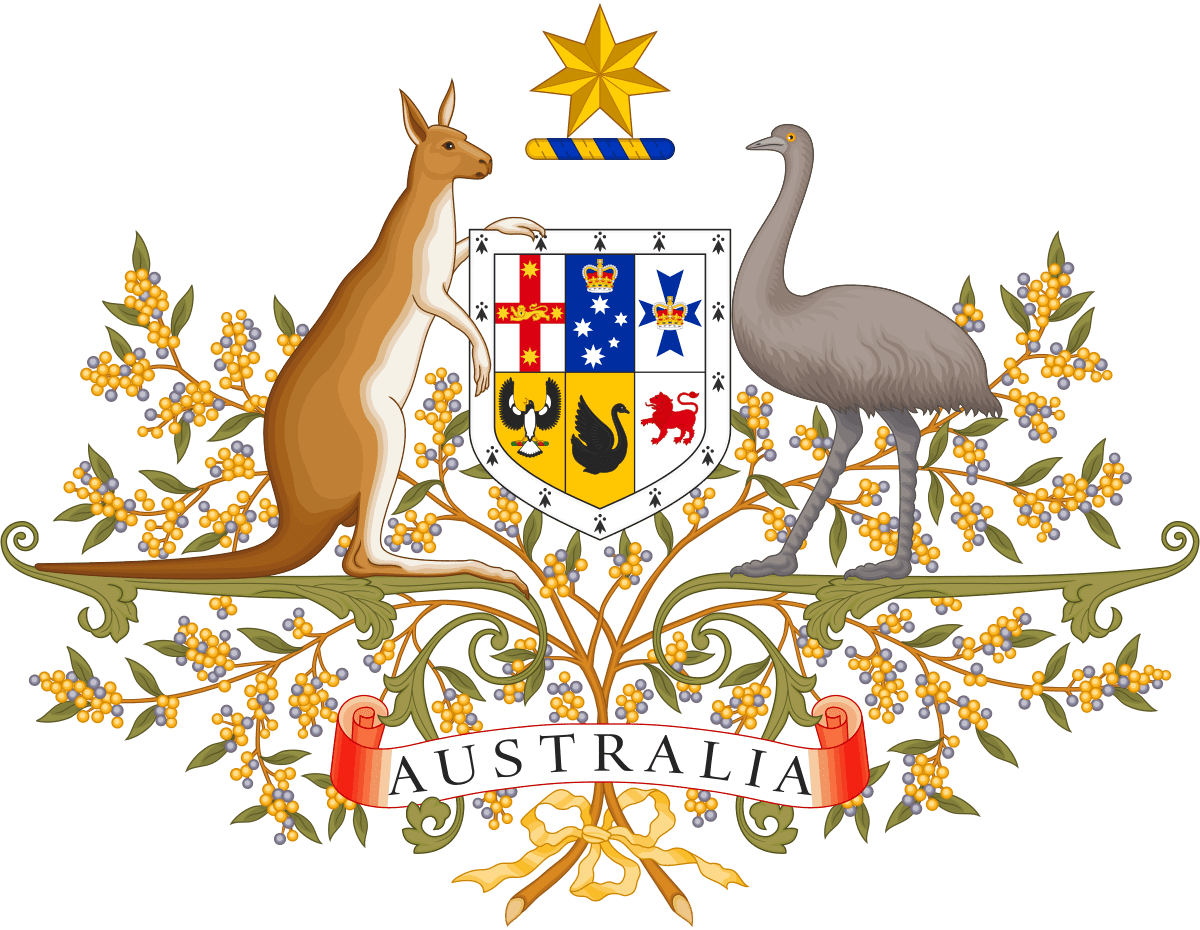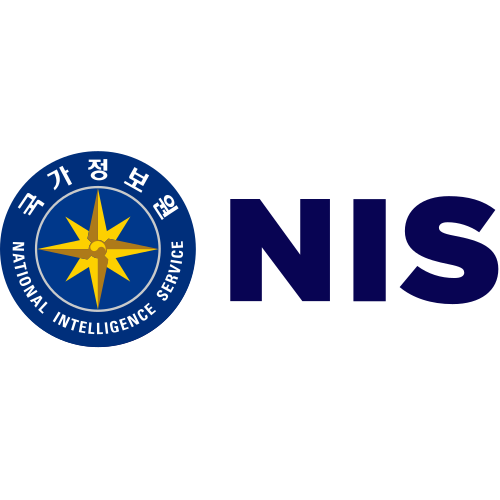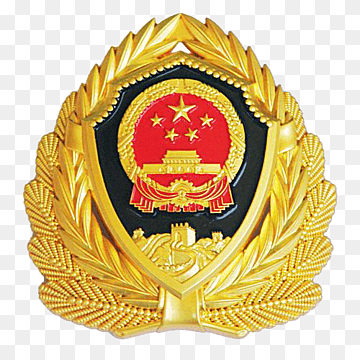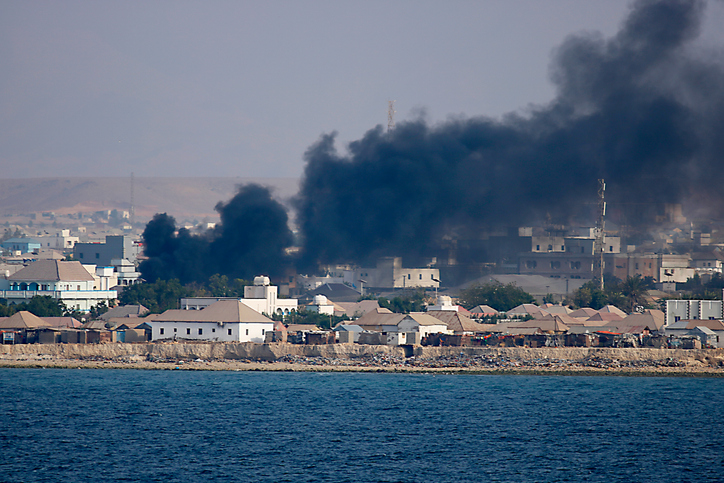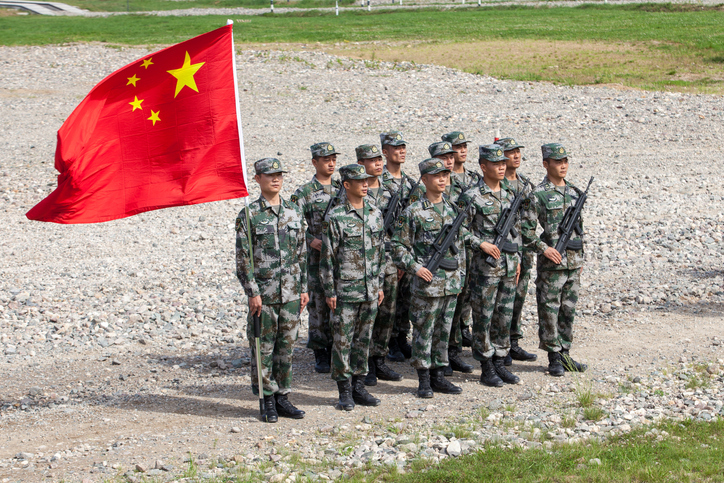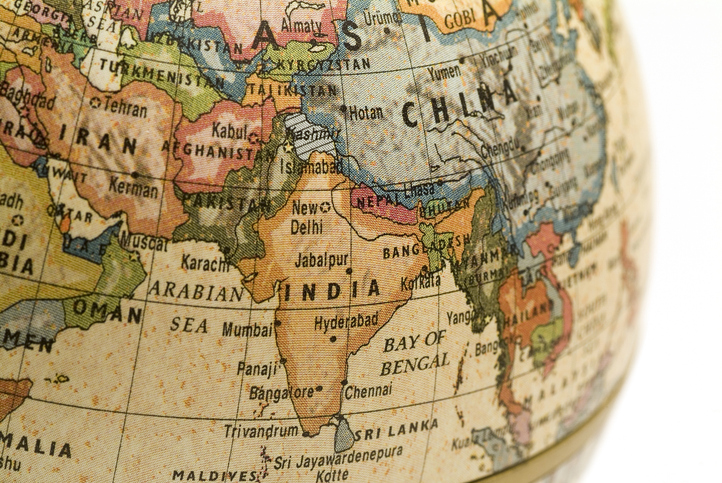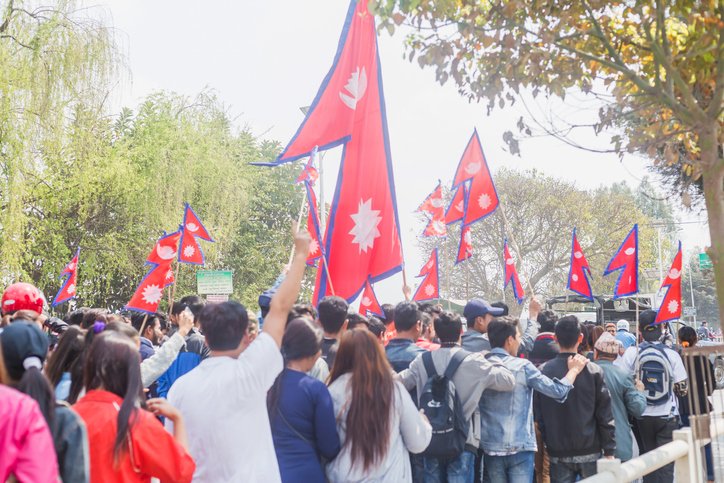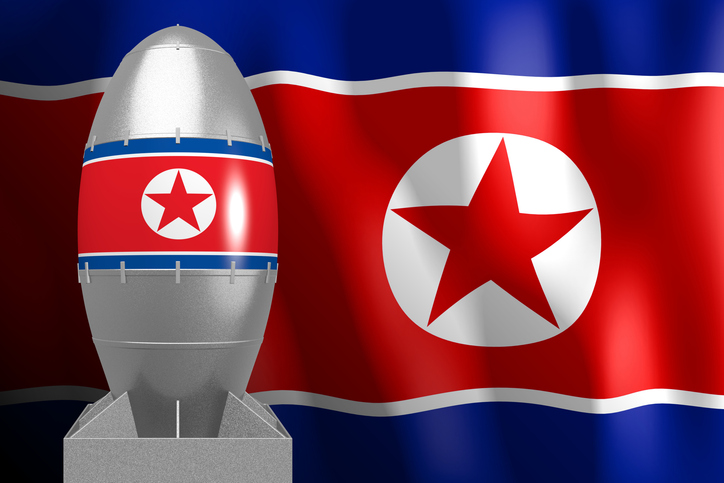
Nikita Bohra
Posted On : Aug 31 2020
North Korea Nuclear Program
North Korea is obsessed with its unlawful weapons of mass destruction programmes, despite the severe suffering of its country’s people. Pyongyang’s ambition not only threatens the regional peace and security, it also has wider impact on geo political equations elsewhere including middle east and US.
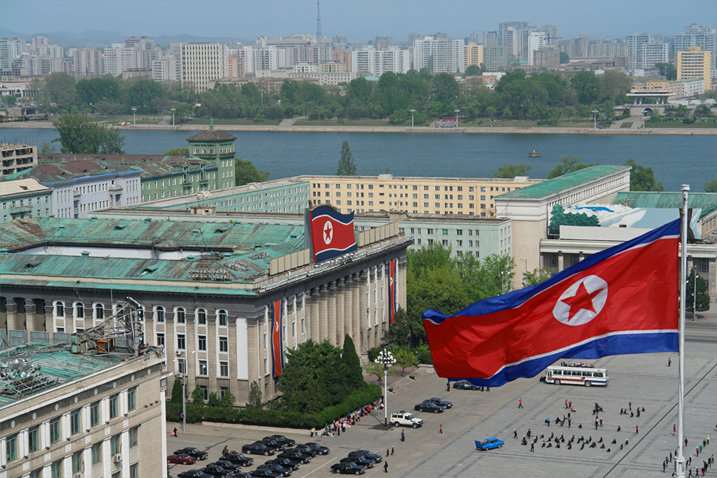
This chronology of the North Korean nuclear program has its roots in the 1950s and begins in earnest in 1989 with the end of the Cold War and the collapse of the Soviet Union, the main economic ally of North Korea. For Jonathan D. Pollack, professor of Asian and Pacific Studies at the Naval War College, and research associate of the National Asia Research Program, this perspective is largely ahistorical and far too America-centric. Reconstruction of North Korea's earlier thinking about nuclear weapons enables a far richer understanding of the North Korean system, and of how the past continues to shape the behaviour of this insular and highly idiosyncratic regime.
Pollack noted that there is a much longer lineage to North Korea's awareness of nuclear weapons and its interest in nuclear science and technology that even antedates the establishment of the DPRK in 1948. The Kim Il Sung regime learned from the atomic bombings of Hiroshima and Nagasaki that two atomic weapons could force an empire that once stretched across East Asia to capitulate. Leaders in Pyongyang actively engaged in nuclear research programs in the 1950s, when it feared that North Korea might lag behind South Korea. The North agreed to peaceful development programs with the Soviet Union in order to establish nuclear infrastructure. The Soviets helped to build and establish a reactor at Yongbyong, which would later be central to American concerns about nuclear developments on the peninsula. However, the withdrawal of Soviet missiles from Cuba at the conclusion of the 1962 Cuban Missile Crisis led the North Korean regime to worry that Pyongyang might be abandoned by its superpower protectors. Increasingly, nuclear weapons became seen as a way of guaranteeing North Korean security.
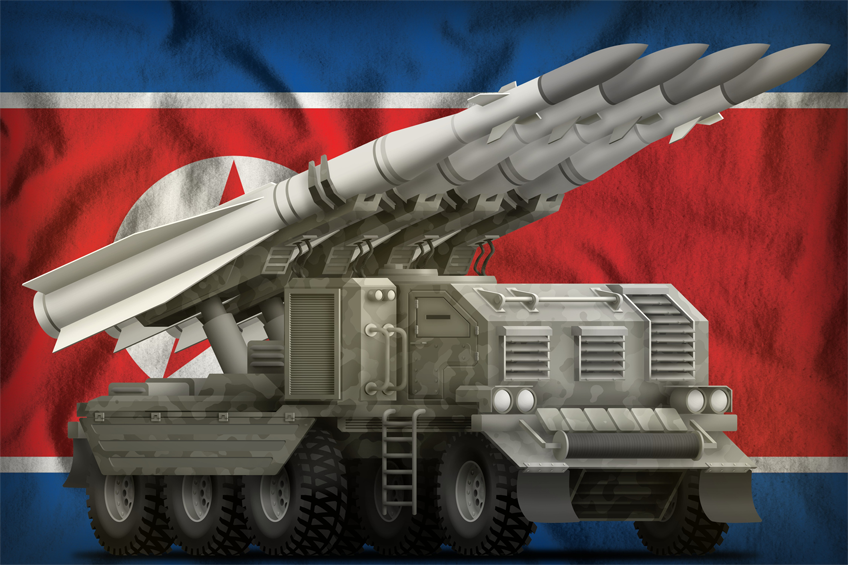
North Korea has tested a variety of ballistic and cruise missiles in recent years. It's also tested hypersonic missiles, which can fly at several times the speed of sound and at low altitude to escape radar detection, as well as others launched from submarines. The recent effort to launch a space satellite was its sixth attempt to do so and failed because the rocket carrying it lost thrust, according to North Korea's state news agency. North Korea tested a record number of missiles in 2022, including ones capable of reaching US territory.
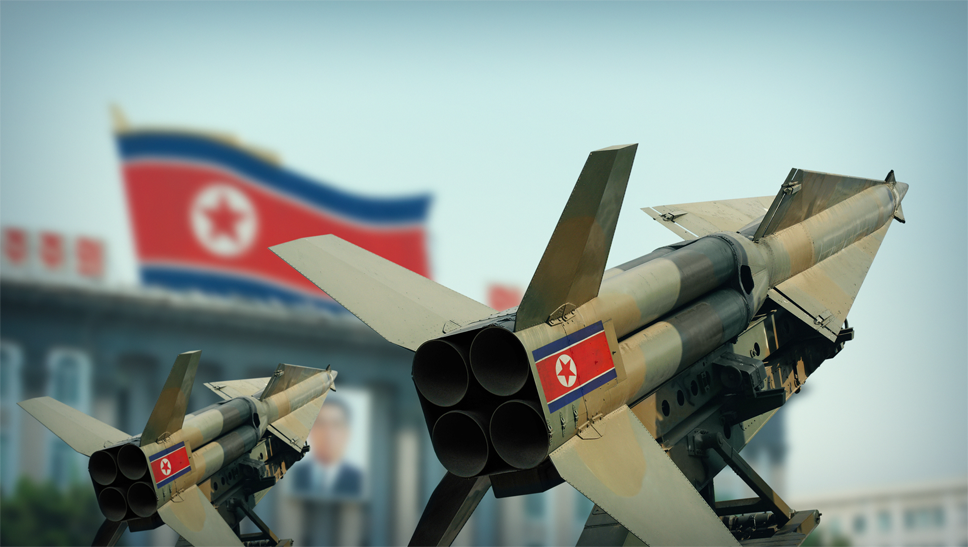
In November last year, an intercontinental ballistic missile was tested at a high angle, short-range trajectory. Launched at a lower trajectory, this same missile could have reached the US mainland, according to the Japanese government. Images from North Korean state media of Kim Jong-un with his daughter at the launch appear to show it was the Hwasong-17 - or possibly a modified version of it. The missile is believed to have a range of 15,000km or more, and could potentially carry three or four warheads, rather than only one. Several earlier attempts to launch the Hwasong-17 are thought to have failed, although it may have been used in a test carried out in March 2022.
In October last year, North Korea fired another type of missile which flew over Japan - thought to have been the intermediate-range Hwasong-12. This can travel up to 4,500km - putting the US island of Guam in the Pacific within range. North Korea has also been testing the Hwasong-14 ballistic missile with a range of 8,000km - although some studies suggest it could travel as far as 10,000km, making it capable of reaching New York. And there is the Hwasong-15 missile, which is believed to have a range of 13,000km, putting all of the continental US in its sights.
No Comments Added





